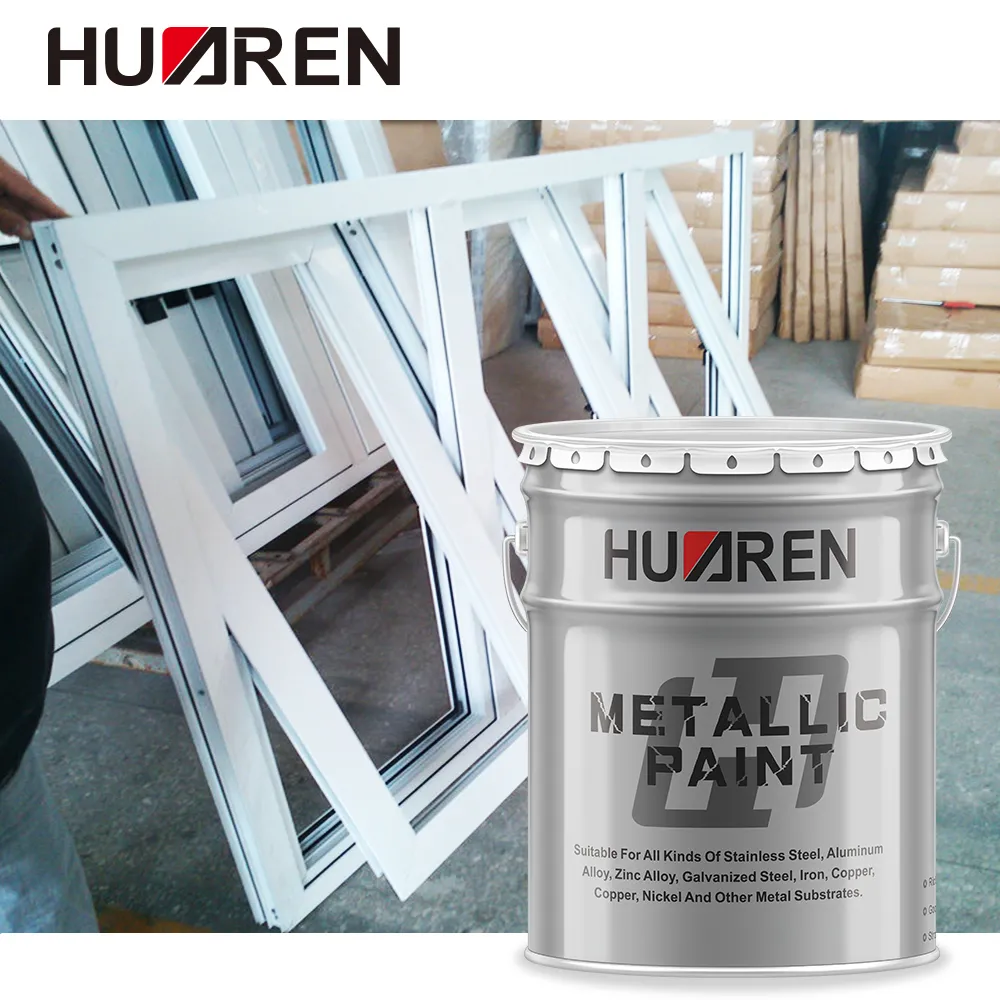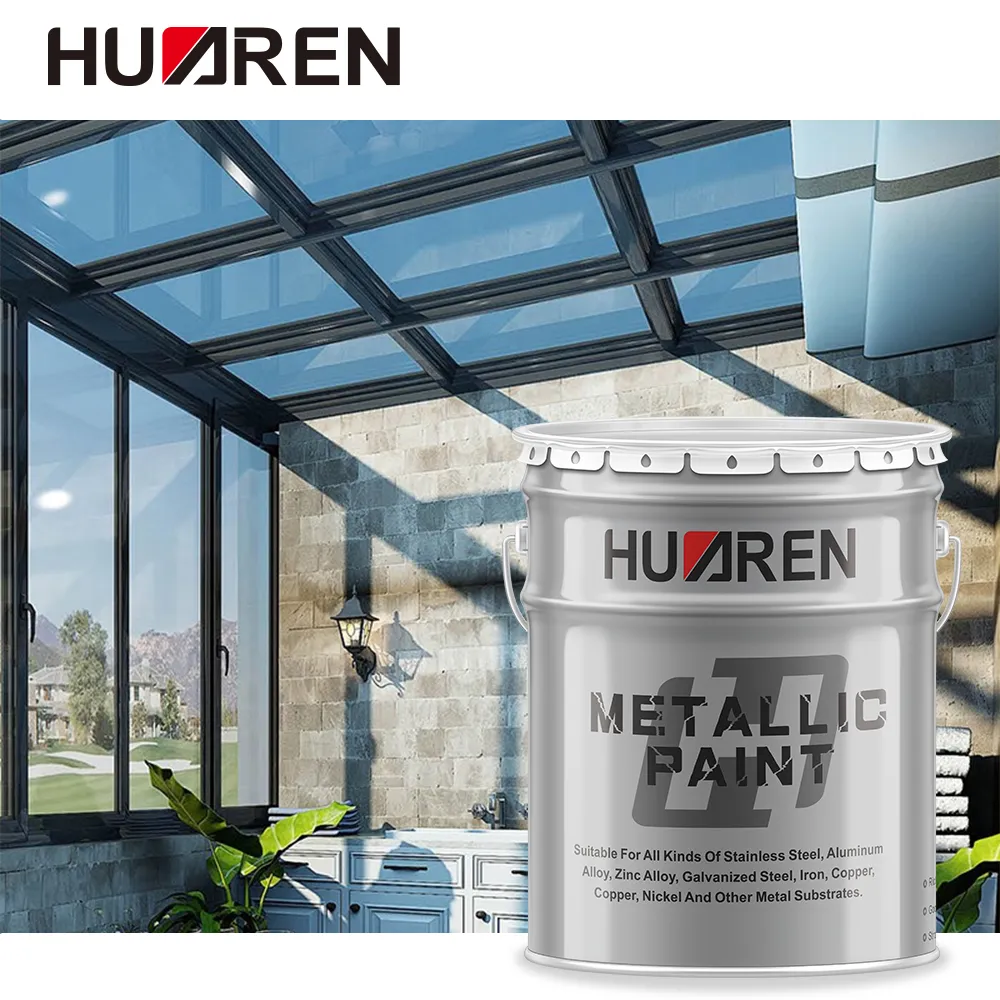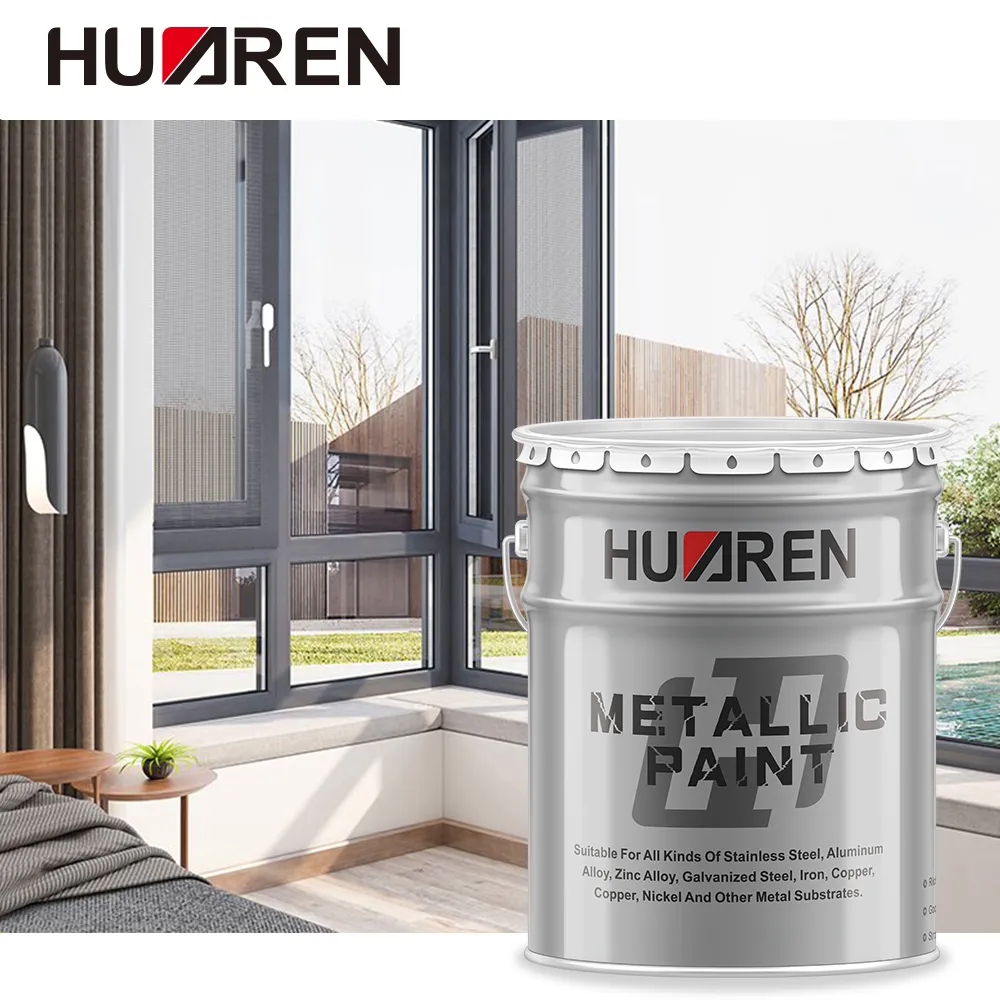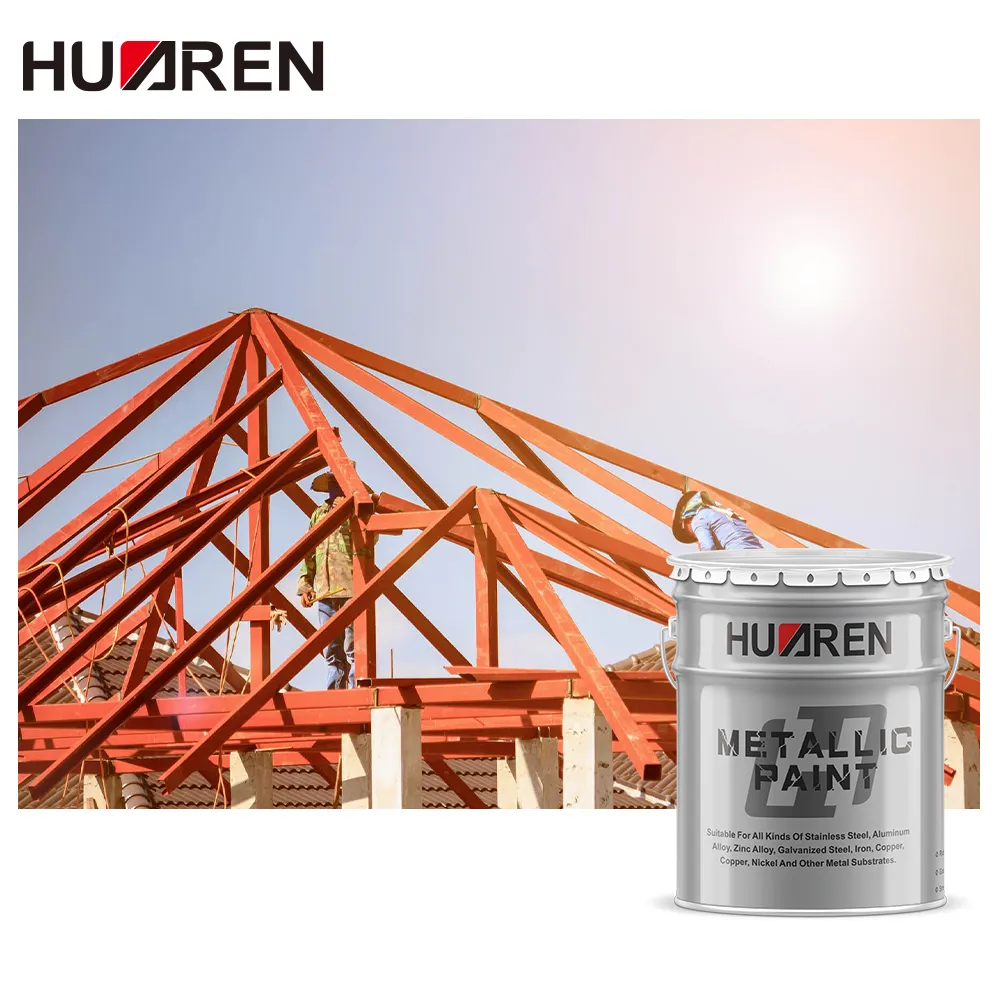Zinc-rich primer is a widely used coating for metal corrosion protection, and it has important applications in industry, marine, construction and other fields. Zinc-rich primer is regarded as one of the best choices for protecting steel structures due to its excellent anti-corrosion performance. The zinc content is the core indicator of zinc-rich primer, which directly affects the protective performance of the coating.
So, what percentage of zinc is in zinc-rich primer? How does this affect the performance and application of the primer? This article will explore this issue in depth and provide relevant professional insights.

What is the basic principle of zinc-rich primer?
To understand the importance of zinc content in zinc-rich primer, you first need to understand how it works. The main components of zinc-rich primer are zinc powder and film-forming substances (such as epoxy resin or inorganic silicate). When the coating is applied to the metal surface, the zinc powder prevents steel from corrosion through cathodic protection. This protection mechanism includes two aspects:
1. Cathodic protection: Zinc, as a sacrificial anode, is more easily oxidized than steel, so it corrodes first, thereby protecting the steel substrate from corrosion.
2. Barrier protection: Zinc powder forms a dense barrier layer in the coating, preventing the penetration of corrosive media such as moisture, oxygen and salt, further enhancing the anti-corrosion performance of the metal.
What is the percentage of zinc in zinc-rich primer?
The performance of zinc-rich primer is closely related to the content of zinc powder in it. The higher the zinc content, the better the anti-corrosion performance of the coating. According to different standards and application scenarios, the zinc content in zinc-rich primer is generally divided into the following situations:
Weight percentage standard
According to the weight percentage, the zinc content in zinc-rich primer is usually between 60% and 90%. The specific zinc content ratio depends on the type of primer and application requirements:
● Epoxy zinc-rich primer: The zinc content is usually between 65% and 85%. Epoxy zinc-rich primer has excellent adhesion and chemical resistance, and is suitable for metal protection in industrial and marine environments.
● Inorganic zinc-rich primer: The zinc content is usually between 75% and 90%. Inorganic zinc-rich primers are often used in environments that require higher durability and corrosion resistance due to their high temperature resistance and excellent anti-corrosion performance.
Volume percentage standard
In addition to weight percentage, the zinc content of zinc-rich primers can also be calculated by volume percentage. According to ISO 12944, the zinc content in zinc-rich primers should not be less than 55% by volume. This standard is to ensure that there is enough zinc in the coating to play its cathodic protection and barrier protection role.

Does zinc content affect the performance of zinc-rich primers?
The zinc content in zinc-rich primers directly determines the anti-corrosion performance of the coating. High zinc content can provide more effective cathodic protection, allowing zinc powder to still protect the underlying metal when the coating is damaged. However, too high a zinc content can also cause some problems, so a balance needs to be found between protective effect and construction performance.
Advantages of high zinc content
● Enhanced cathodic protection: The higher the zinc content, the better the cathodic protection effect of zinc-rich primers. In the case of damage or wear of the coating, the zinc powder can continue to provide protection and prevent corrosion of the substrate.
● Better barrier performance: Coatings with high zinc content can form a denser barrier layer, effectively preventing the penetration of corrosive media.
● Extended coating life: Zinc powder, as a sacrificial anode, can extend the service life of the coating and reduce the frequency of maintenance and recoating.
Disadvantages of high zinc content
● Increased construction difficulty: Too high zinc content may cause the coating's construction performance to decline, and the coating film becomes thicker and difficult to apply evenly. More attention is required during the construction process to ensure the uniformity and adhesion of the coating.
● Higher cost: As one of the main raw materials, zinc powder is relatively expensive, so the cost of zinc-rich primers with high zinc content will also be higher.
● Extended drying time: Coatings with high zinc content usually require longer drying time, which may affect the construction progress.

How to choose a zinc-rich primer with an appropriate zinc content?
When choosing a zinc-rich primer, the zinc content is an important consideration. Here are some suggestions for choosing zinc content:
Application environment
● Harsh environment: For harsh environments such as oceans, chemical plants or highly polluted areas, it is recommended to choose zinc-rich primers with higher zinc content (zinc content above 75%) to ensure better anti-corrosion performance.
● General environment: For general industrial or construction environments, zinc-rich primers with zinc content between 60%-75% can be selected, which can provide sufficient protection and ensure the convenience of construction.
Substrate conditions
● New steel: If it is a new steel surface, you can choose a zinc-rich primer with a slightly lower zinc content (60%-70%) to obtain better adhesion and coating uniformity.
● Corroded steel: For steel that has begun to corrode, it is recommended to choose a zinc-rich primer with a higher zinc content to provide stronger protection.
Coating system requirements
● Single-layer coating system: In some cases, zinc-rich primers may be used as the only protective layer. At this time, choosing a product with a higher zinc content can provide more comprehensive protection.
● Multi-layer coating system: If the zinc-rich primer is only part of a multi-layer coating system, a primer with a slightly lower zinc content can be selected and used in conjunction with other protective coatings to achieve the best protective effect.

What are the precautions for the construction of zinc-rich primers?
First, before applying the zinc-rich primer, the steel surface must be thoroughly cleaned and treated to remove scale, rust and other contaminants. Sandblasting is recommended to obtain the ideal surface roughness to ensure the adhesion of the zinc-rich primer.
Then, according to the recommendations provided by the coating manufacturer, the thickness of the coating should be strictly controlled. Too thick a coating may cause uneven distribution of zinc powder and affect the cathodic protection effect; while too thin a coating may not provide adequate protection. Secondly, after the coating is completed, ensure that the coating is dried and cured under appropriate temperature and humidity conditions. Excessive humidity may cause the coating to bubble or fall off, while too low a temperature may prolong the drying time and affect the construction progress.
In addition, zinc-rich primers usually need to be used in conjunction with other types of coatings, such as topcoats or intermediate coatings. When applying subsequent coatings, ensure that the primer is completely dry and apply it at the time interval recommended by the manufacturer.

